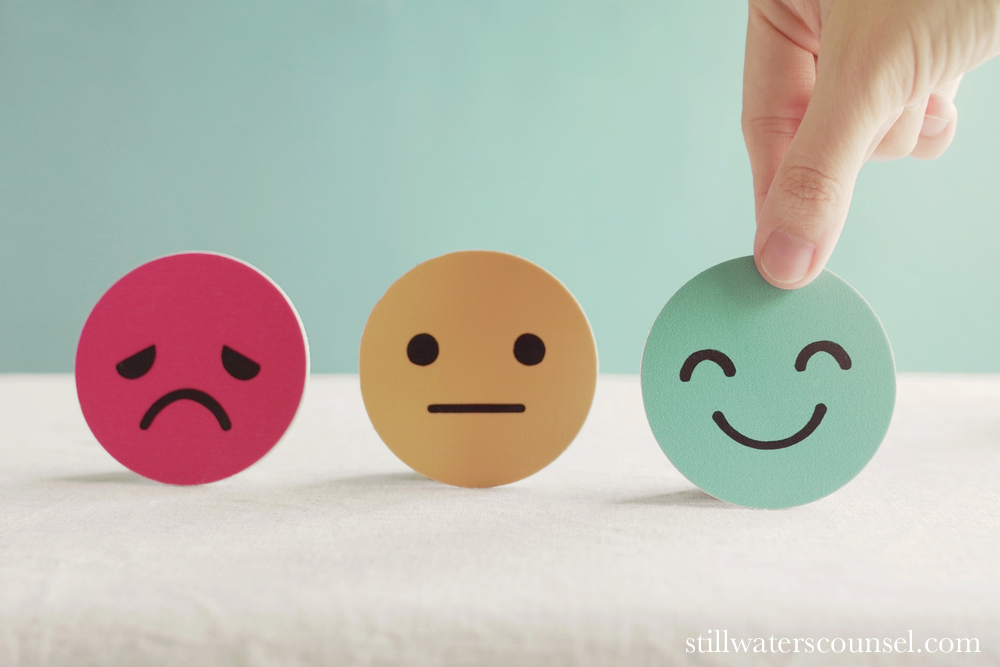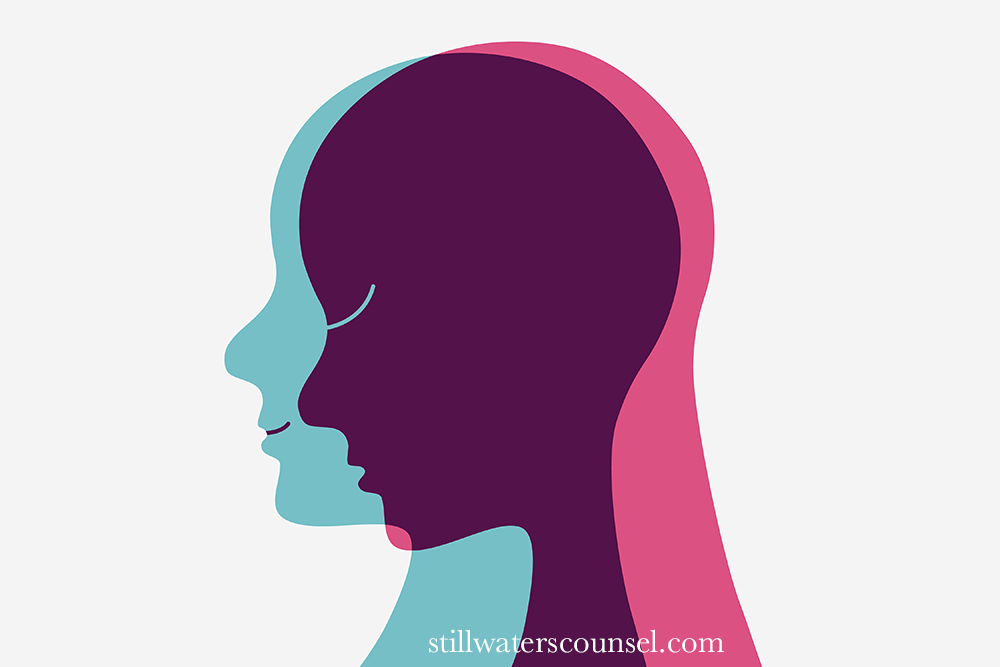Bipolar disorder is a mental health condition characterized by episodes of alternating depression and mania or hypomania. These episodes may occur several times per year, or, in some cases, several times over the course of a month. During episodes of depression, folks experience symptoms like low mood, low motivation, sleep disturbances, changes in appetite, feelings of guilt and/or loss of interest in previously enjoyable activities. While in a state of mania or hypomania, the experience flips to a decreased need for sleep, increased talkativeness, extremely high motivation for grand pursuits, in addition to high risk behaviors (overspending money, unprotected sexual activity, etc).

In this blog post, we’ll discuss the most common types of medication used to treat bipolar disorder.*
1. Mood Stabilizers
Mood stabilizers are the primary medication used to treat bipolar disorder. When effective, mood stabilizers do just that: stabilize swings in mood so that depressive lows are not so low, and manic highs are more manageable. They work by regulating the levels of neurotransmitters in the brain, such as serotonin, norepinephrine, and dopamine, which can help prevent episodes of mania and depression. Examples of mood stabilizers include lithium (Lithobid), valproic acid (Depakote), and carbamazepine (Tegretol).
2. Antipsychotics
Though the name may be off-putting to some, antipsychotics are incredibly helpful medications for several types of mental health illnesses, from schizophrenia to bipolar disorder. These kinds of medication are used to treat both the manic and depressive episodes of bipolar disorder, by blocking the effects of dopamine in the brain, which helps to regulate mood. Unfortunately, dopamine plays a role in voluntary muscle movements, and so the side effects of these medications can be quite severe. Examples of antipsychotics used to treat bipolar disorder include aripiprazole (Abilify), olanzapine (Zyprexa), and quetiapine (Seroquel).

3. Antidepressants
Antidepressants are sometimes used to treat the depressive episodes of bipolar disorder, but they can also trigger manic episodes in some people with the condition. Because of this, they are typically used in combination with mood stabilizers or under close monitoring by a healthcare provider. Examples of antidepressants used to treat bipolar disorder include fluoxetine (Prozac), sertraline (Zoloft), and bupropion (Wellbutrin).
4. Anticonvulsants
Anticonvulsants are a type of medication used to treat seizures, but they can also be effective in treating bipolar disorder. They work by regulating the levels of neurotransmitters in the brain, and may be used in combination with mood stabilizers or antipsychotics. Examples of anticonvulsants used to treat bipolar disorder include lamotrigine (Lamictal), gabapentin (Neurontin), and topiramate (Topamax).
Of course, everyone is different, and different types or combinations of medications work for different folks. Additionally, remember that medication alone is not always enough to effectively manage bipolar disorder, and therapy and lifestyle changes may also be helpful and/or necessary. Work closely with a healthcare provider to determine the right medication and dosage for your individual needs.
If you’d like to learn more, email info@stillwaterscounsel.com to schedule an appointment with Dr Katherine!
*For informational purposes only; see a qualified healthcare provider for treatment.
